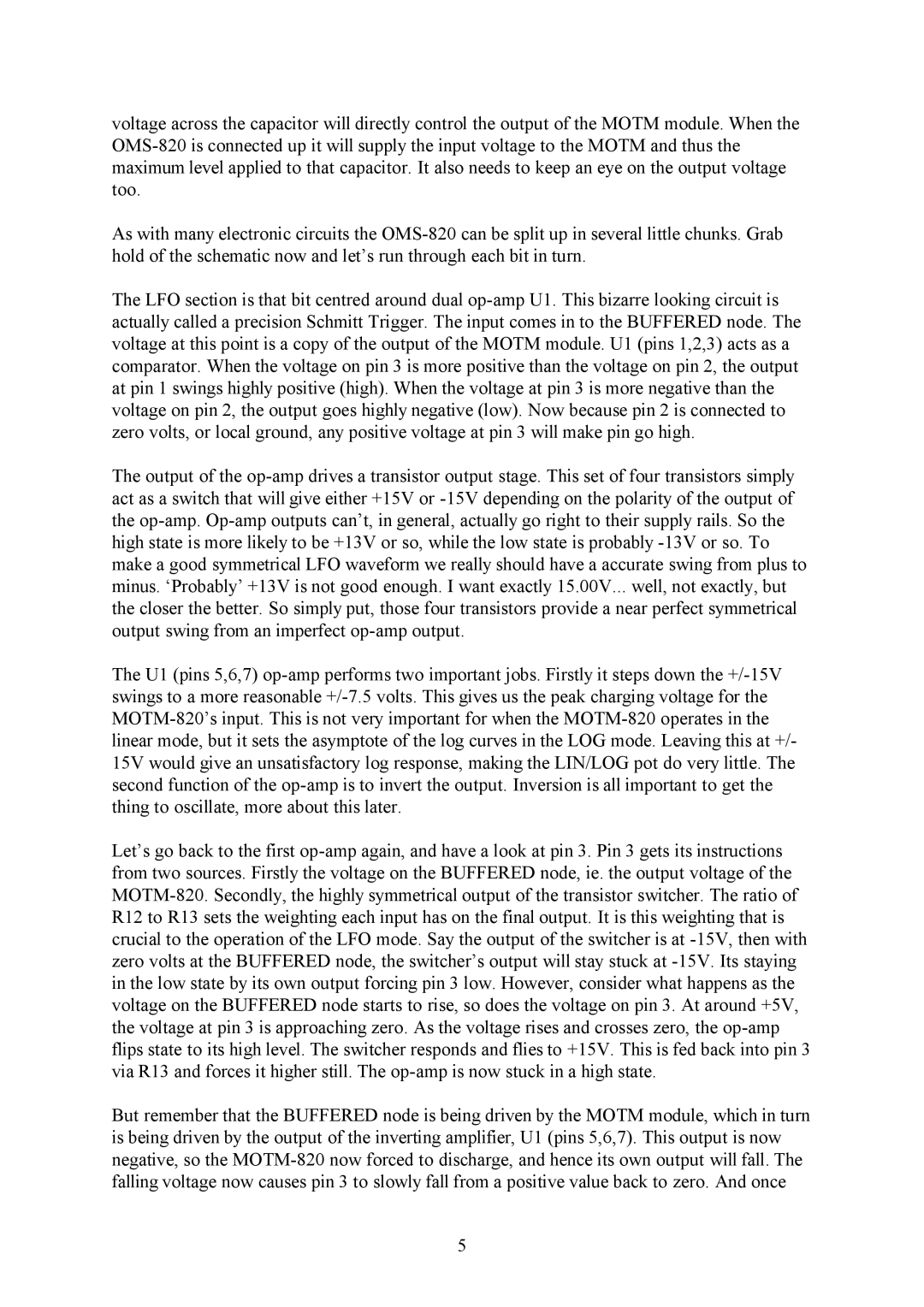MOTM-820, OMS-820 specifications
The Oakley OMS-820 and MOTM-820 stand out as exemplary models in Oakley's extensive range of performance eyewear, designed for both sports enthusiasts and everyday users. These models capture the essence of Oakley's commitment to innovation, superior optical technology, and stylish design.One of the main features of the OMS-820 is its advanced lens technology. Utilizing Oakley’s High Definition Optics (HDO), the lenses provide exceptional clarity and optical fidelity. This technology minimizes distortion, ensuring that users have an unobstructed view, whether they are on the golf course, cycling, or participating in other outdoor activities. The lenses also come with Oakley's PRIZM technology, which enhances color contrast and visibility in various environments, allowing users to detect changes in terrain or obstacles more readily.
The MOTM-820, on the other hand, emphasizes adaptability and comfort. It features a lightweight frame crafted from Oakley’s proprietary O Matter material, which provides flexibility and resilience. This ergonomic design conforms to the shape of the wearer's face, ensuring a secure yet comfortable fit during extended use. The adjustable nose pads and temples further enhance comfort, making it ideal for an active lifestyle.
Both models incorporate Oakley’s innovative lens treatment technology, which includes anti-fog and anti-scratch advancements. This ensures that the eyewear remains clear in challenging conditions, whether users are facing misty weather or rugged terrains. Additionally, the UV protection offered by these lenses shields wearers from harmful rays, a critical feature for outdoor activities.
A striking characteristic of the Oakley OMS-820 and MOTM-820 is their customizable aesthetics. Available in a myriad of colors and styles, users can express their individuality while enjoying high-performance eyewear. This attention to style combined with functionality makes these models popular choices among both athletes and casual wearers alike.
In summary, the Oakley OMS-820 and MOTM-820 are distinguished models that integrate cutting-edge technology with comfort and style. Whether for competitive sports or daily wear, these eyewear options exemplify Oakley’s commitment to enhancing visual performance and user satisfaction.
